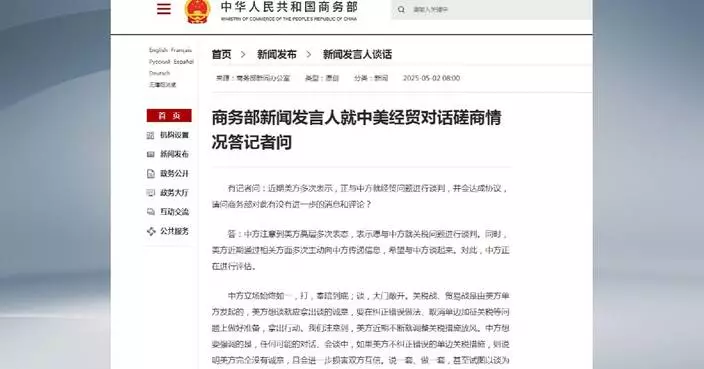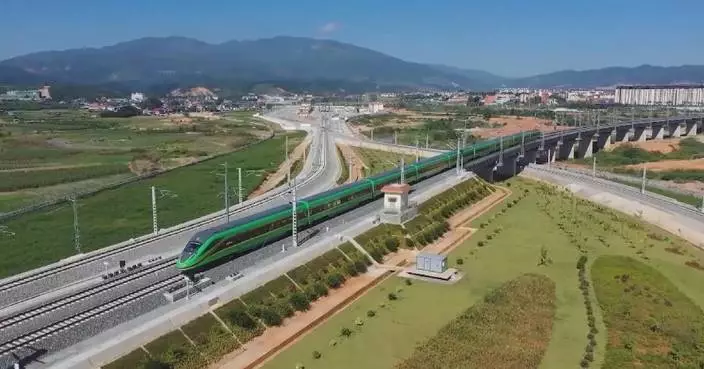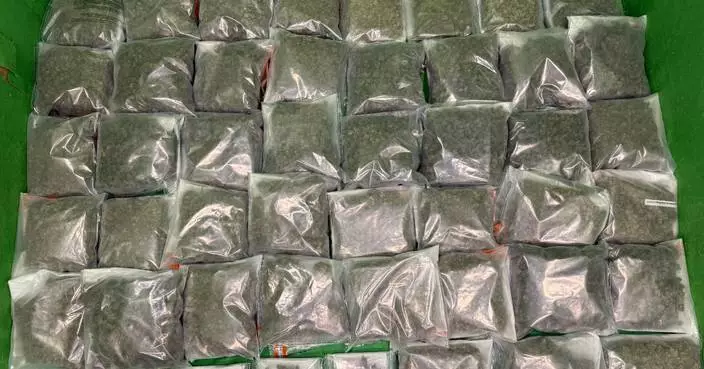China's Shenzhou-19 astronauts have intensified scientific experiments and tests on the orbiting space station, while advancing key preparations for their return to Earth in the coming days.
The astronauts, Cai Xuzhe, Song Lingdong, and Wang Haoze, have been living and working in China's Tiangong space station since their launch aboard the Shenzhou-19 spaceship from the Jiuquan Satellite Launch Center on Oct 30 last year.
Recently, their work has included experiments on kinematic characteristics. This involved using three-dimensional structured-light videos to gather crucial kinematic data during specific working scenarios in a microgravity environment. The collected data will then be used to analyze the characteristics and patterns of their intravehicular operations and movements.
In fine motor control studies, the crew completed slide tests and memory slide tests, with the results being expected to help investigate variation patterns in astronauts' fine motor control, and their adaptive learning mechanisms during long orbital spaceflight.
In biomechanical studies of musculoskeletal loading, astronauts utilized specialized equipment to collect kinematic data and motion imagery during spaceflight, in an effort to gather data for analyzing the correlation between movement parameters and plantar pressure under varying movement status.
In the field of aerospace technology testing, the crew completed payload extravehicular installation of a space reverse Brayton high-capacity refrigeration technology experiment program. The test and verification of relevant technology are expected to improve China's thermal control technology and provide technical support for future space missions.
Last week, the astronauts also carried out planned platform inspection in the space station. They also counted and sorted all kinds of supplies in the cabinet apart from carrying other tasks like cleaning the station and transporting and storing waste.
Additionally, the crew completed various medical checks and has been doing physical exercise on a daily basis.
The Shenzhou-19 astronauts are scheduled to return to the Dongfeng landing site in north China's Inner Mongolia Autonomous Region in late April or early May, according to the China Manned Space Agency.
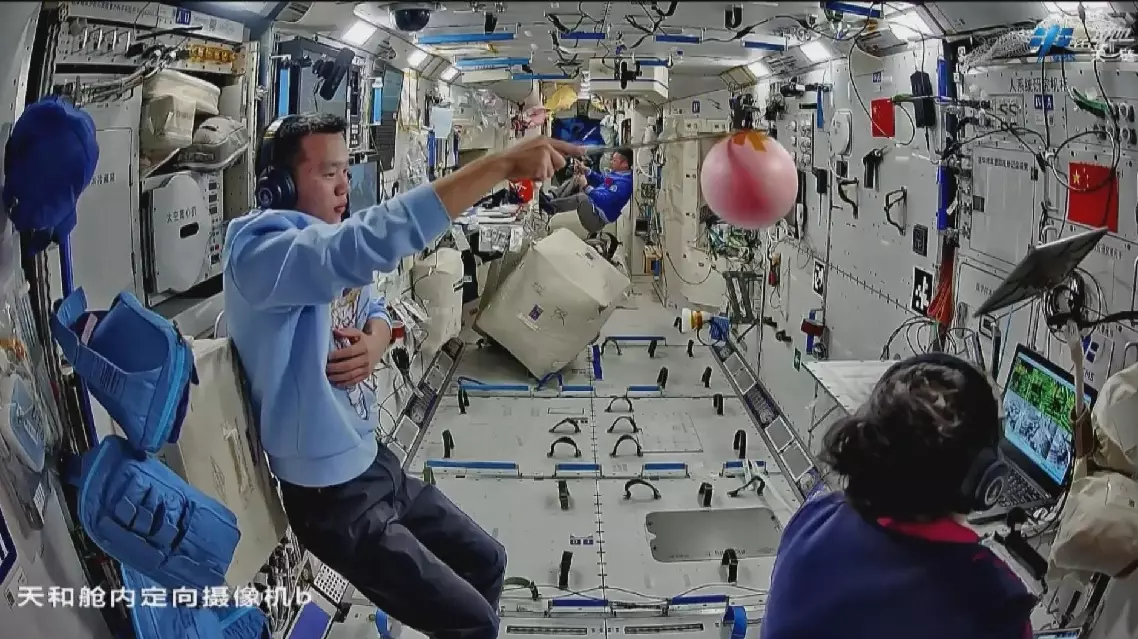
Shenzhou-19 crew conducts experiments, tests, preparatory work before returning
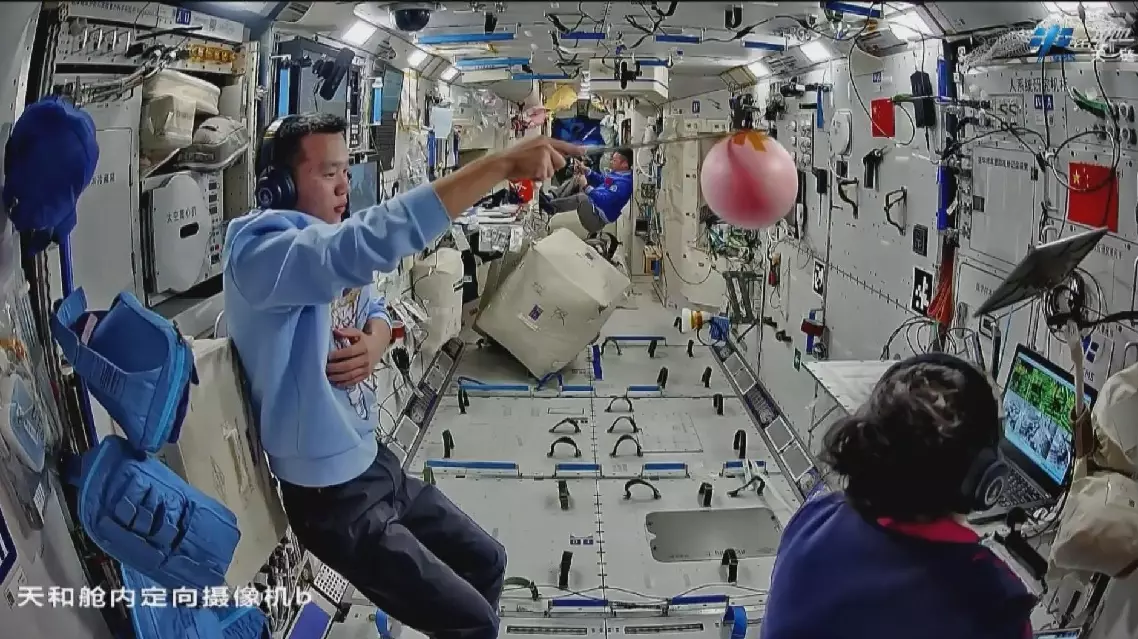
Shenzhou-19 crew conducts experiments, tests, preparatory work before returning






